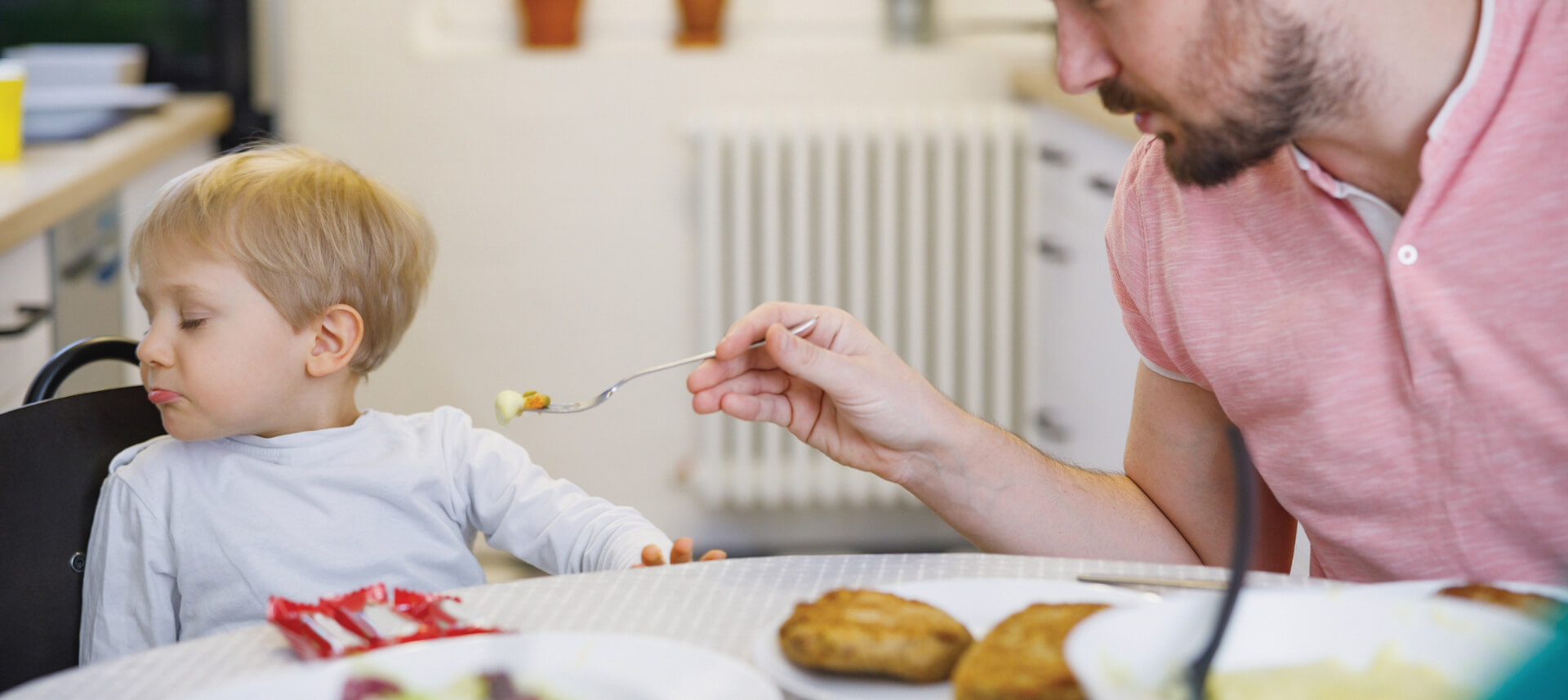
Making Mealtimes Pleasant and Pressure-Free
- Home
- Live Well Blog
- Making Mealtimes Pleasant and Pressure-Free
Mealtimes with young children can be messy, unpredictable, and, at times, frustrating.
As parents, we want our children to eat well and grow healthy. But sometimes, we try too hard—pressuring, pleading, or begging them to eat. The good news? Mealtimes can be a lot less stressful for both you and your child when you take the pressure off.

Mealtimes with young children can be messy, unpredictable, and, at times, frustrating.
As parents, we want our children to eat well and grow healthy. But sometimes, we try too hard—pressuring, pleading, or begging them to eat. The good news? Mealtimes can be a lot less stressful for both you and your child when you take the pressure off.


Understanding Your Child’s Eating Habits

It’s completely normal for kids to:
- Be picky about what they eat.
- Love a food one day and refuse it the next.
- Be hesitant about trying new foods.
- Make a mess while eating.
- Avoid vegetables or certain textures.
- Eat a lot one day and hardly anything the next.
Many parents respond by:
- Encouraging their child to finish all their food.
- Reminding them that they liked a food before.
- Pressuring them to try new foods.
- Criticizing messy eating.
- Praising them for eating “good” foods.
- Insisting they eat more (or less).
If this sounds familiar, you’re not alone. Many parents feel like they need to step in to ensure their child eats enough or eats the “right” foods. However, pressuring children during meals can often backfire, making mealtimes more stressful and less enjoyable for everyone.
Why Pressure Doesn’t Work
Pressuring kids to eat certain amounts or types of food can create negative feelings about eating and lead to power struggles. Over time, it might even cause them to resist those foods altogether. Instead, focus on creating a pleasant environment that helps your child feel comfortable and confident about eating.

Supporting Healthy Eating Without Pressure
Here’s what your child needs—and how you can help:

| What Your Child Needs | How You Can Help |
|---|---|
| Routine meals and snacks. | Offer 3 meals and 2–3 snacks daily with water in between. This helps your child trust they’ll have regular opportunities to eat. |
| A relaxed mealtime. | Talk about your day instead of focusing on how much or what your child eats. |
| A role model. | Show healthy eating habits by eating a variety of foods yourself. Over time, your child will follow your example. |
| Independence. | Let your child serve themselves and choose what to eat from what’s offered. Avoid pressuring, praising, or commenting on their choices. |
| Confidence in eating. | Include at least one food they’re familiar with at each meal (like bread or rice). This ensures they’ll have something to eat, even if they’re hesitant about trying other foods. |

Responding to Common Mealtime Challenges
Here are some helpful ways to respond when your child tests the limits at mealtime:

| If Your Child Says… | Consider Responding With… |
|---|---|
| “Why do I have to come to the table?” | “I see you’re busy. In two minutes, we’re all going to the table to eat together.” |
| “I’m not hungry.” | “You don’t have to eat, but you still need to sit at the table with us.” |
| “Yuck, I don’t like it.” | “That’s okay. You can say, ‘No, thanks.’ There are other foods on the table you might like.” |
| “I want more pasta!” | “Okay.” (Let them eat as much or as little of each food as they want.) |
| “I’m done.” | “Okay.” (Let them leave if they’re done eating. Younger kids can play nearby while others finish.) |
| “I’m hungry.” (Outside of meal/snack times.) | “We’re not eating right now. You can have water or wait until the next snack or meal.” |

Setting Up for Success

As a parent, your role is to:
- Decidewhatfoods to serve.
- Decidewhenmeals and snacks happen.
- Decidewheremeals and snacks are served.
It’s your child’s job to decideif and how muchto eat from what’s offered.
Creating a structured routine with regular meals and snacks may take some adjustment at first, but it helps build a positive relationship with food over time. By focusing on relaxed, pressure-free meals, you’re setting your child up for a lifetime of healthy eating habits.
REFERENCES:
https://secure.bcdairy.ca/Resources?id=oo7EH2JfH1&name=Positive%20Mealtimes%20Booklet.pdf

Responding to Common Mealtime Challenges
Here are some helpful ways to respond when your child tests the limits at mealtime:

